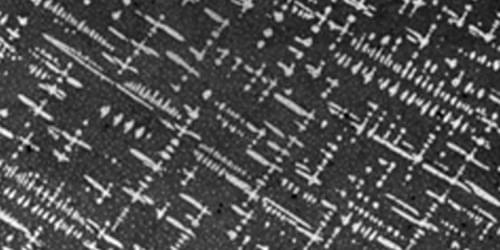Greer and Ivanov agree that existing, albeit limited, data on tetrataenite’s magnetic properties suggest that it may not match high-performance neodymium-based magnets. But the researchers maintain that optimization of the tetrataenite casting process could improve its magnetic properties and thus make it a worthwhile option. “It is good to have a wider range of permanent magnet materials, because that allows better balancing of such factors as magnetic performance and environmental impact,” Greer says. “A one-for-one swap with rare-earth magnets is not necessarily the goal.”
For now, the team has demonstrated how to make a piece of tetrataenite, but they say that future work will focus on how to consolidate many pieces into a bulk magnet. “The analogy here would be that we have shown we can make a brick—a piece of tetrataenite—but not yet a house—a magnet,” Greer says.
Beyond materials science, the researchers hint that this work may even impact astrophysics research as scientists reconsider how long it takes for tetrataenite to develop in a meteorite and how fast the cooling rate is in that space environment.
